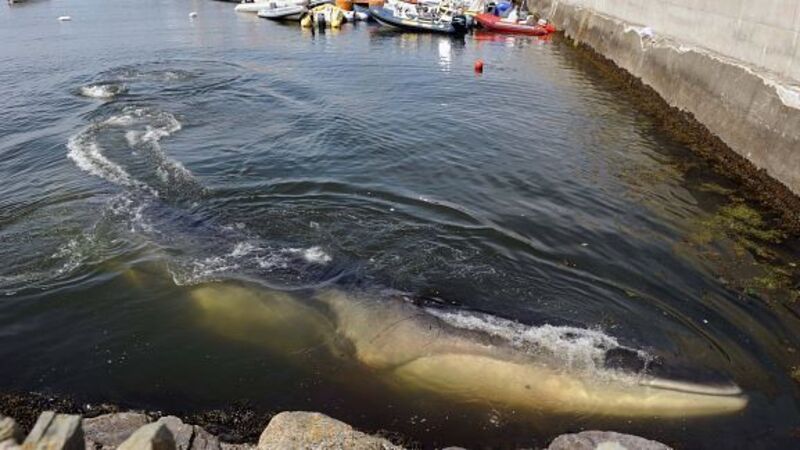Samples of fin whale’s skin and blubber to be analysed

The samples will be tested at the Irish Cetacean Tissue Bank in the Natural History Museum Dublin, and at the Marine Institute.
A PhD student, studying the feeding ecology of fin whales, will also examine the whale’s remains.













